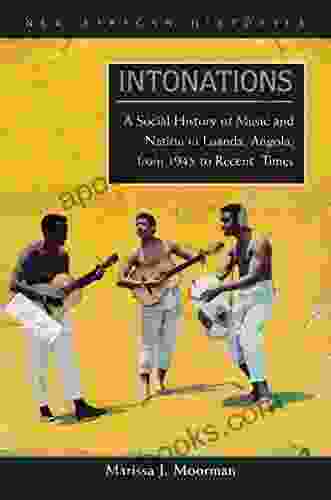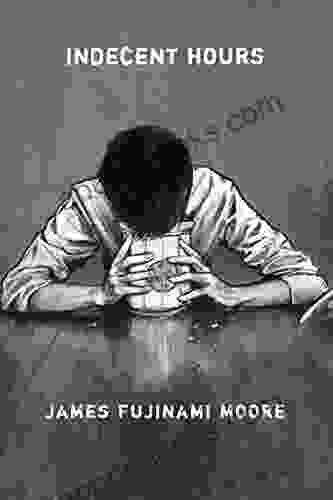Unveiling the Interwoven Tapestry of Music and Nation: A Social History of Luanda, Angola, from 1945 to the Present

Music, an ever-present force, weaves its enchanting threads through the fabric of human societies, shaping cultures, fostering connections, and reflecting the ebb and flow of history. In the vibrant tapestry of Luanda, Angola, music has played a pivotal role in shaping the nation's identity, serving as a soundtrack to its struggles, triumphs, and aspirations. This article embarks on a captivating journey through the "Social History of Music and Nation in Luanda, Angola, from 1945 to Recent Times," exploring the intricate entanglement of music, society, and the making of a nation.
4.6 out of 5
| Language | : | English |
| File size | : | 2565 KB |
| Text-to-Speech | : | Enabled |
| Screen Reader | : | Supported |
| Enhanced typesetting | : | Enabled |
| Print length | : | 316 pages |
Post-War Luanda: The Rise of Music Clubs and Commercial Recordings
In the aftermath of World War II, Luanda witnessed a burgeoning music scene as the city's population swelled and new neighborhoods emerged. Music clubs, such as the legendary "Dancing Kaxala" and "Clube Recreativo Progresso do Sambizanga," became vibrant hubs for musical expression and social interaction. At the same time, the advent of commercial recordings brought Angolan music to a wider audience, fostering a sense of national pride and unity.

The Influence of Urban Migration and Traditional Rhythms
As people from rural areas flocked to Luanda, they brought with them their rich musical traditions. These diverse influences blended seamlessly with urban rhythms, giving birth to new musical genres such as semba and merengue. Semba, with its swaying hips and infectious beat, became a symbol of Luanda's vibrant nightlife and the city's burgeoning urban culture.
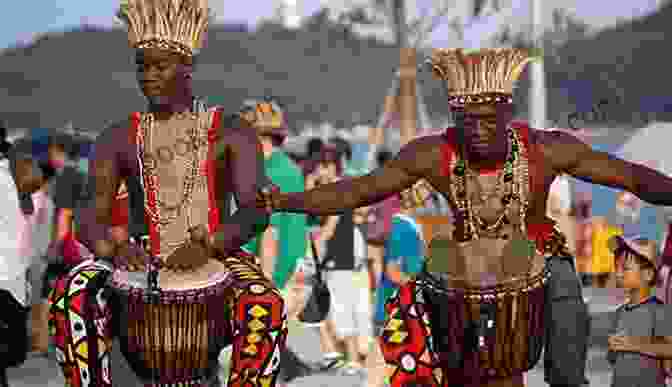
Music as a Voice of Resistance and National Liberation
During Angola's struggle for independence from Portuguese colonial rule, music became a powerful weapon. Musicians like Alberto Teta Lando and David Zé used their voices to galvanize the masses, their songs echoing the aspirations of a nation yearning for freedom. Music became a means of cultural resistance, uniting people against oppression and fueling the fight for self-determination.
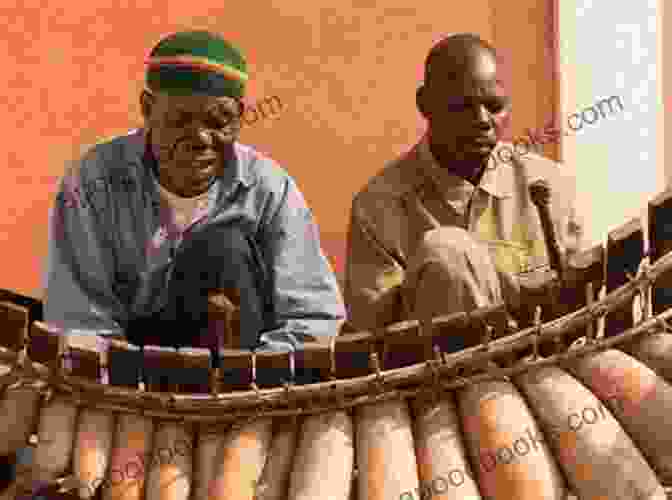
Post-Independence Luanda: Music in the Context of Nation-Building
After Angola gained independence in 1975, music continued to play a crucial role in nation-building. The government invested heavily in cultural institutions and promoted Angolan music both domestically and internationally. Musicians like Paulo Flores and Bonga emerged as icons, their songs celebrating the newfound freedom and the challenges of forging a new nation.
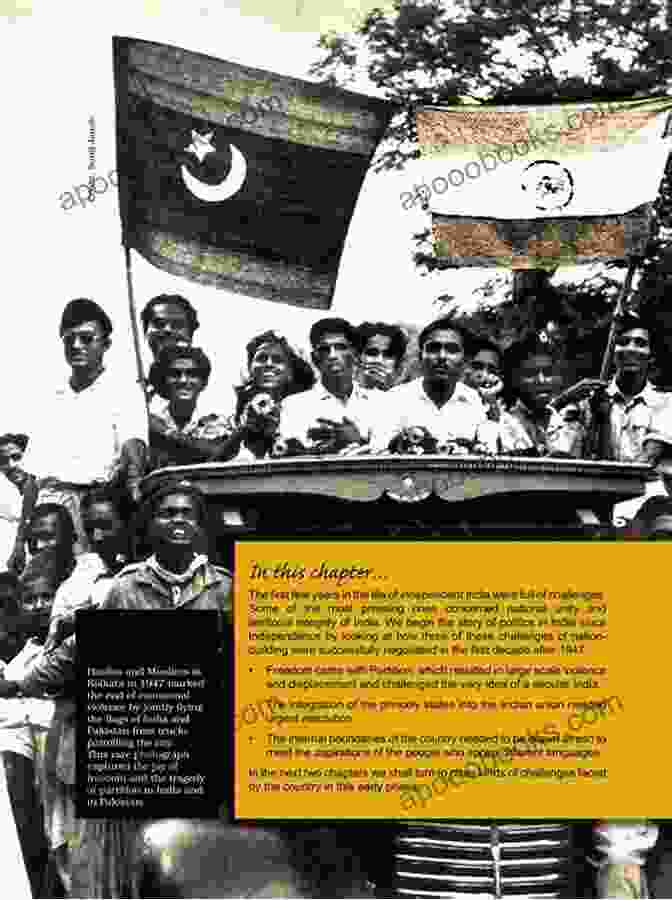
Contemporary Luanda: The Globalization of Angolan Music
In recent decades, Angolan music has gained global recognition, transcending bFree Downloads and captivating audiences worldwide. Musicians like Dino D'Santiago and Pongo have fused traditional rhythms with contemporary influences, creating a vibrant and eclectic musical landscape. The global success of Angolan music has brought international attention to the country's rich cultural heritage and its dynamic arts scene.

The "Social History of Music and Nation in Luanda, Angola, from 1945 to Recent Times" is a testament to the transformative power of music in shaping a nation's identity. From the post-war music clubs to the songs of resistance, from the rhythms of nation-building to the globalization of Angolan music, the journey of music in Luanda has mirrored the struggles, aspirations, and triumphs of a nation. By exploring the intricate tapestry of music and society, we gain a deeper understanding of the rich cultural heritage and dynamic present of Luanda, Angola, a city where music continues to resonate as a vibrant expression of national identity.
4.6 out of 5
| Language | : | English |
| File size | : | 2565 KB |
| Text-to-Speech | : | Enabled |
| Screen Reader | : | Supported |
| Enhanced typesetting | : | Enabled |
| Print length | : | 316 pages |
Do you want to contribute by writing guest posts on this blog?
Please contact us and send us a resume of previous articles that you have written.
 Book
Book Novel
Novel Page
Page Chapter
Chapter Text
Text Story
Story Genre
Genre Reader
Reader Library
Library Paperback
Paperback E-book
E-book Magazine
Magazine Newspaper
Newspaper Paragraph
Paragraph Sentence
Sentence Bookmark
Bookmark Shelf
Shelf Glossary
Glossary Bibliography
Bibliography Foreword
Foreword Preface
Preface Synopsis
Synopsis Annotation
Annotation Footnote
Footnote Manuscript
Manuscript Scroll
Scroll Codex
Codex Tome
Tome Bestseller
Bestseller Classics
Classics Library card
Library card Narrative
Narrative Biography
Biography Autobiography
Autobiography Memoir
Memoir Reference
Reference Encyclopedia
Encyclopedia Valerie Estelle Frankel
Valerie Estelle Frankel Vanda Felbab Brown
Vanda Felbab Brown Simple Scores
Simple Scores M J Trow
M J Trow Stephen Mark Rainey
Stephen Mark Rainey Latica Mcghee
Latica Mcghee Timothy Venning
Timothy Venning Tina Willer
Tina Willer Sri Vishwanath
Sri Vishwanath Susan Sallis
Susan Sallis Richard M Valelly
Richard M Valelly Ted Kooser
Ted Kooser Yuri Futanari
Yuri Futanari Timothy Brantley
Timothy Brantley Scott Douglas Sagan
Scott Douglas Sagan Carly Phillips
Carly Phillips Val Bianco
Val Bianco Ellie Masters
Ellie Masters P T Macias
P T Macias Patrick M Whitehead
Patrick M Whitehead
Light bulbAdvertise smarter! Our strategic ad space ensures maximum exposure. Reserve your spot today!
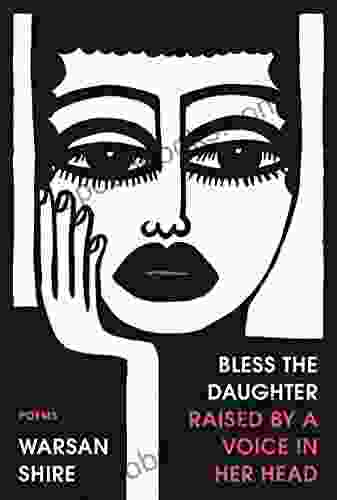
 Chuck MitchellBless The Daughter Raised By Voice In Her Head: A Journey of Healing and...
Chuck MitchellBless The Daughter Raised By Voice In Her Head: A Journey of Healing and... Ivan CoxFollow ·18.5k
Ivan CoxFollow ·18.5k Carson BlairFollow ·7.3k
Carson BlairFollow ·7.3k Gerald BellFollow ·6k
Gerald BellFollow ·6k Cody RussellFollow ·4.1k
Cody RussellFollow ·4.1k Thomas MannFollow ·3.3k
Thomas MannFollow ·3.3k Yasunari KawabataFollow ·12.7k
Yasunari KawabataFollow ·12.7k Josh CarterFollow ·5.1k
Josh CarterFollow ·5.1k Albert CamusFollow ·10.5k
Albert CamusFollow ·10.5k
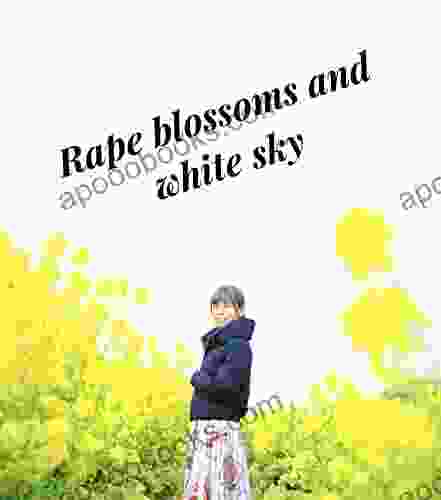
 Harry Cook
Harry CookRape Blossoms and White Sky: A Floral Symphony of...
A Kaleidoscope of Colors...
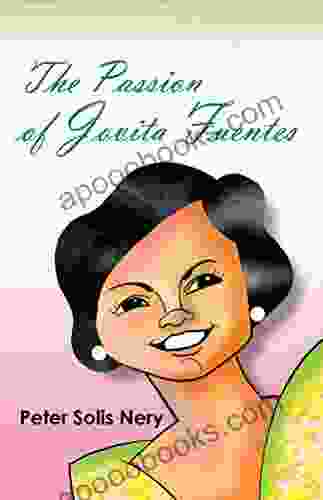
 Vic Parker
Vic ParkerThe Passion of Jovita Fuentes: Unveiling the...
Immerse yourself in the...

 Cormac McCarthy
Cormac McCarthySinners and Saints: A Dark New Adult High School Bully...
Sinners and Saints is...
4.6 out of 5
| Language | : | English |
| File size | : | 2565 KB |
| Text-to-Speech | : | Enabled |
| Screen Reader | : | Supported |
| Enhanced typesetting | : | Enabled |
| Print length | : | 316 pages |


